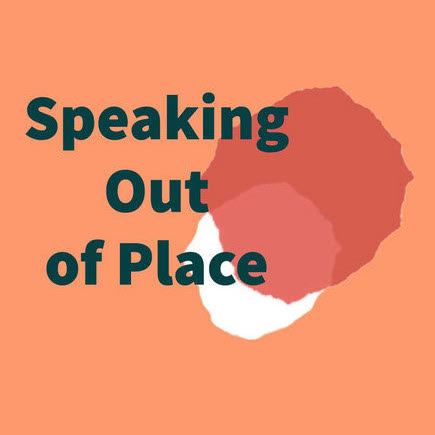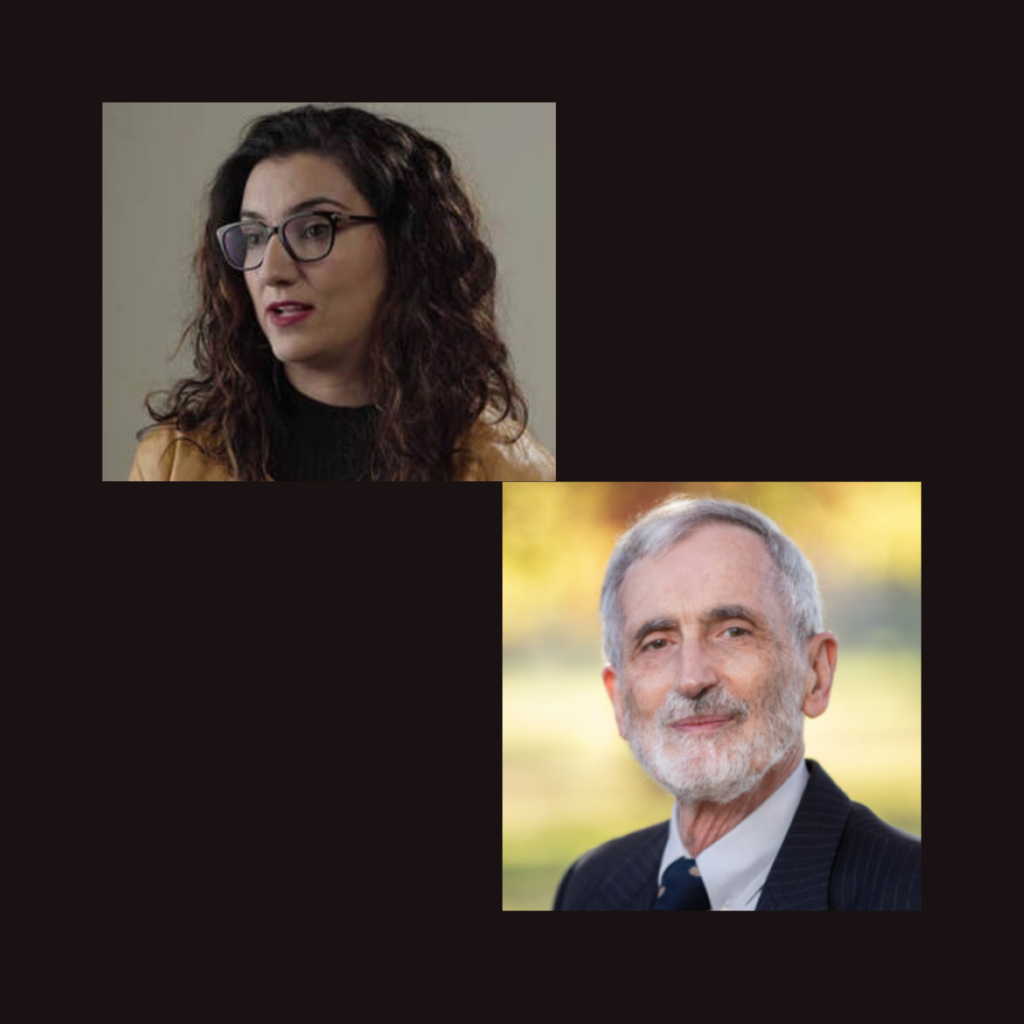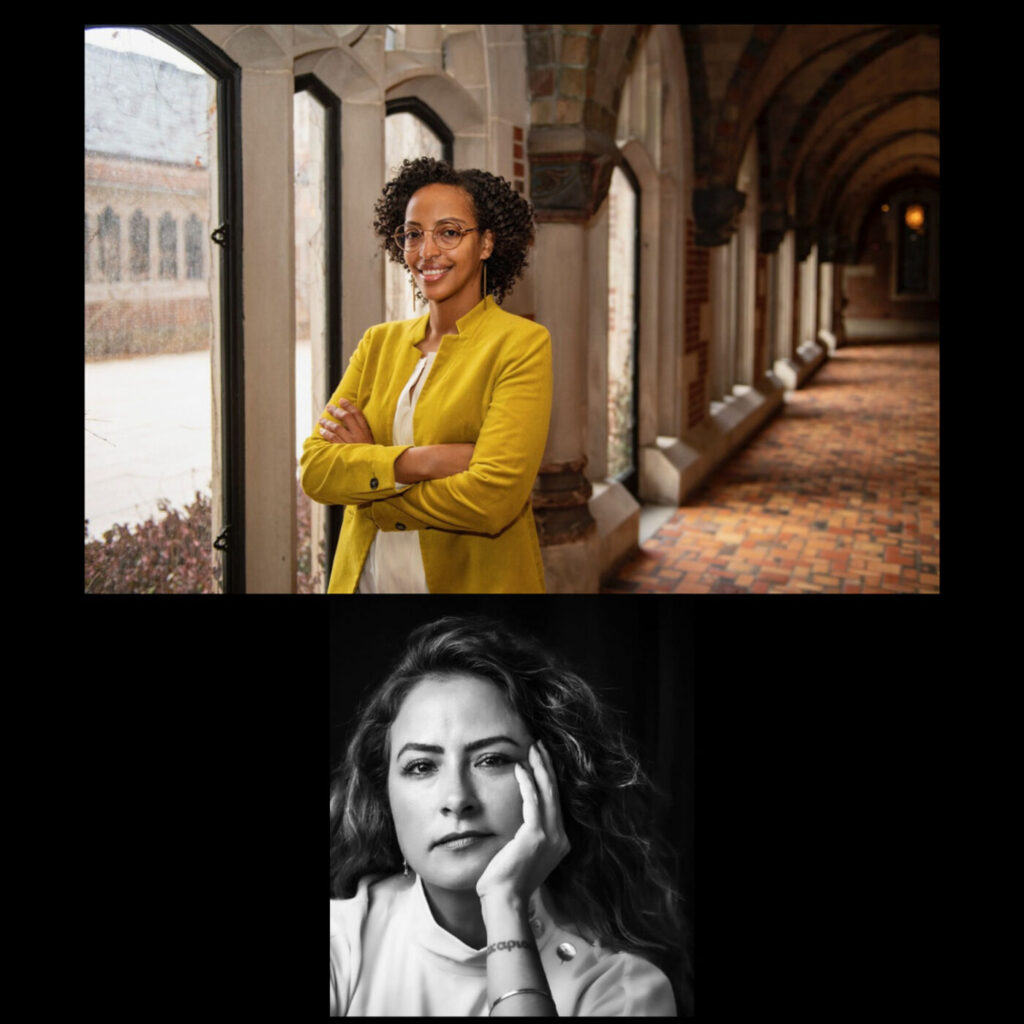Azeezah Kanji: Can you talk a bit about the background context for how we understand the increasing use of political incarceration by the Indian state as perhaps a necessary condition of being a neoliberal fascist state. In other words, does neoliberal fascism require mass political incarceration?
Anand Teltumbde: Let me firstly congratulate to Suchitra and Francesca for bringing up the documentation because it is very important to preserve memories as Milan Kundera says, “the struggle of man against power is a struggle of memory against forgetting”.
So this is particularly important in the context as regard what is going on in India is probably not understood in full measure by many people outside. Only the victims get to know what it is. Actually, India is at the crossroads. Probably it has already crossed even the crossroads. And it is on the verge of actually becoming something like what they call as Hindu rashtra. Hindu rashtra is not just another name change, but its actual essence is the change of everything that India stood so far. It is purely a fascist totalitarian state. Again, it would be an understatement because all over the world, these kinds of tendencies are being seen. What is happening in India is of qualitatively different kind.
That is what is happening in India.
We see what is happening in the current controversy ignited by the prime minister of Canada and all that is happening inside India, in the state of Manipur. So many things happen daily that we cannot even keep pace with. The new issues are brought up with such rapidity that the past things are forgotten by the people and the opposition anyway is invisiblized.
Although the opposition parties have grouped together as INDIA which BJP has smartly reduced to ‘Indi’ in the attempt to diminish its emotional appeal, they do not seem to have any clue, strategic clue. They’re still getting dragged by Modi along his own way. Take for instance a case of the women’s reservation bill that is passed in the parliament recently, almost unanimously. It was an old bill but not passed because of many kinds of objections, such as that the bill did not provide for the OBCs and minorities within women. In purely constitutional terms they were invalid, but one can concede them as political points. Some of the opposition parties argued that there should be a reservation for OBC women, because the generic kind of reservation might be grabbed by the upper castes.
That was their contention. But this time, when they call themselves united opposition to BJP, they could not make their point effectively and rather landed up meekly voting for it. And the bill was passed almost unanimously. As I said this point was constitutionally invalid. But this time they had much stronger point which was that the women’s reservation were to be implemented post-census, and post-delimitation exercise, which could extend it to beyond 2029. They could validly insist that it should be implemented immediately. But they did not. They would have scored the political mileage with it. But they let go of it. One would expect that the opposition would learns and gets its act together. Their tailist strategies are unnerving. If the 2024- elections are some way won by the BJP and the same bunch of people come to power, one shudders to imagine what would happen in India. So these are the kind of thing that we are watching here.
David Palumbo-Liu: I actually had three questions, but I’m going to put them all together as one because they, for me, show the formidable forces that you’re up against. One is the media. The other one is neoliberal capital and the third is the way that the state has captured the courts. And you talk about all three in your book.
You’re battling against the fabrications of a state that controls the media, and they’ve effectively neutralized the courts. So you have both the media and the courts. But then also you have this horrible convergence between capitalist developers and the state. So you have what in your book you call legalized plunder.
Could you talk about this powerful triad as it were and how the stories that you’re able to bring to us address these in different ways, perhaps?
AT: That has been the way of fascism, the creed of BJP’s parents. You may have to go back to Modi’s Gujarat years to see the nexus of the state and capital he built. How he gave free hand to capital in the name of development. It is the process by which he became the preferred choice of capital over its traditional alley in Congress. He opens up the state’s resources to the plunder of capitalists to the detriment of people. And it is not generic capital but the crony capital, a few of his choice friends.
The rise of Ambanis and Adani during his rule is well documented. Both happen to be from Gujarat, his own state. How they have grown during post-2014 is interesting to see.
Ambani grew 118 percent during the 5 years of his Modi’s rule and the Adani grew 121%. Another one, is Udai Kotak, one more Gujarati, and he clocked 143% growth during the same period. Such is the growth of crony capitalists out here. Some other groups also have been beneficiaries. they have been very happy with Modi because he actually gives them every they want, free land, free jungles, which are inhabited by Adivasis. for their plunder.
So this is the way it’s going on. There is a big nexus between capitalists and the BJP. there is a big money flowing to the BJP coffers, which cannot be competed with by anyone. BJP brought in, the election bonds, one of the instruments that invisiblizes this flow. You can see, just within a five years of Modi’s rule, BJP has become the biggest, and the richest party in the world.
People simply do not have access to how much money is flowing to which party. The money flow constitutes the conduit of favors from the state. Election bonds are the known source, even if invisible to the people, but there may be number of unknown sources.
For the last nine years. Modi hasn’t actually taken a question from the people, and he claims that he is representing 1.40 billion people of India. That is what Indian democracy is.
AK: Could you talk about the colonial genealogy behind this legal infrastructure? We know that the concept of quote unquote terrorism itself was forged not simply as a response to 9/11 But in the crucibles of counterinsurgencies against anti colonial resistance, including in India, as well as other sites of brutal colonial practices such as Kenya. In the book Suchitra and Francesca quote Dalit analysts pointing out that from a certain perspective, all prisoners in India should be considered political prisoners because the penal infrastructure is itself political.
And you’ve also written in your work about how the Indian constitution ended up reproducing and perpetuating a lot of this by effectively importing three quarters of the old colonial constitution into its postcolonial constitution. And so can you talk a bit about how we need to understand this from a longer colonial perspective, and what the implications of that are for how we engage in resistance and opposition to it?
AT: Yeah. Recently I heard that someone has written a book called Colonial Constitution. I would not go that far to call the Constitution as a colonial, but this has been a very big flaw while actually making the Constitution in India. While they have been making all kinds of noises, but in this particular context why India has reached this kind of stage we can actually trace to the constitution making.
The constitution is praised by all over the world as a very good constitution, very egalitarian constitution, progressive constitution, transformative constitution, etc. All these elements are there, but in essence, the anti-people character of the constitution is kept intact and it is drawn from the colonial sources.
The colonial constitution, the last one was the India Act 1935, was the proven instrument for the exploitation of people. They have essentially borrowed the same structure and put in certain things, which gave an impression to the people that it was good.
What was actually put in were the fundamental rights in chapter three, and the directive principles of state policies in chapter four.
Otherwise, more than two thirds of the constitution is the India Act 1935.
This is the constitutional text. But apart from that, the entire state apparatus was actually borrowed from the colonial regime. Same people, same structure, same processes, and same people continued. What changed was that the white people at the helm were replaced by the Brahminc elite. I problematized two things in the constitution: secularism and the abolition of caste. If they had been properly dealt with in the constitution, we would not have faced the menace we face today. But both the things have been skillfully dodged. India is taken as a secular country, but there is no mention of secular word in the constitution. It was avoided with an alibi that India was a very religious country and that the kind of Western concept of secularism probably could not be implemented. Yes, secularism would be like a firewall between religion and the politics. None other than the Nehru actually deleted it to say that the state will not have its own religion is just a meaningless statement when you very well know the people manning the state are overwhelmingly of one religion.
The caste was kept alive, although they celebratedly outlawed untouchability. All Hindu reformers, and Gandhi perhaps may the best example, he actually spoke against untouchability, but not against caste. They wanted caste but were embarrassed by the inhuman custom of untouchability. It can be logically seen that untouchability being just an aspect of caste, cannot die if castes live, but they skillfully kept caste with an alibi that the downtrodden people, the lower caste people, had to be extended reservations. And the reservations were forged into a weapon.
I’m not going into detail, but this kind of argument I have made in some of my books. If these two things had been fixed at the time of the constitution making, probably we would not have seen such kind of menace today.
There were some other things also like the kind of public policies that Nehru followed, through a seemingly very progressive policies like land reforms and Green Revolution, a class of rich farmers was carved out of the most populous band of castes unleashing a very insidious caste dynamic in rural area. It empowered the populous Shudra castes, which have become the backbone of the BJP and denuded Dalits, which in another weird way, joined its bandwagon.
The crux of the matter, it ought to be understood, is that the Hindutva, in many ways can be seen as the caste project. I would not be so much obsessive about the caste. But one could see the Hindutva politics from the respect of caste and realize many things falling in place. Why, for instance, they hate Muslims? Answer lies in the fact that majority of Muslims actually come from the Dalit stocks.
The roots of it can be seen germinating during the early days of colonial rule. The traditional ruling classes, which belonged to the Brahminic castes, saw that British were not going to stay in India and they had an opportunity to avenge the humiliation that they suffered during the Muslim rule. This hatred for Muslims constitutes the core of the Hindutva project.
I would problematize one more thing in the constitution. It is the adoption of the first past the post kind of election system. It is singularly unsuitable for the Indian polity, but which has vast scope for manipulation. Another thing is the directives principle of state policies, the repertoire of the wish-list but which cannot be enforced. It has only served to fool the people into believing in the potential goodness of the Constitution. The state has merrily ignored them with impunity, except for only one clause, the protection of cow clause.
It has been going on, this process can be seen, whatever is happening. Okay. What’s this called? Protection cow. Protection of cow. Can you explain about it? Yes. there is an article in Chapter IV of the Constitution slaughter of cow may be prevented. This article has been the only article in the directive principles which is religiously implemented by all the governments irrespective of parties they belonged to. And this has been one of the instruments, Modi deployed to harass Muslims. A lot of Muslims were lynched because of this cow clause. We, one can see in effect, the process was going on right from the beginning, right from the constitution-making to this day. I may say in one single sentence that whatever Modi is doing today has a precedence in Congress rule. And that lies behind BJP’s ‘whataboutry’, one of its potent weapons. Modi is just stretching it to the extremes.
Officially, there is no category like political prisoners, in India. During the freedom struggle, in the colonial era, the freedom fighter went to jail merrily and stayed there as political prisoners enjoying certain privileges. Today, the freedom fighters are called ‘urban naxals’ and are incarcerated in the UAPA, as anti-nationals, terrorists. They are worse than ordinary criminals in prisons. Because they are seen as enemy of the state. Of course, other prisoners would respect them. For instance, we all BK-16 were seen with respect by all as we looked educated and were helping them for whatever they approached us. And then outside the kind of propaganda unleashed by Godi media, we were simply demonized.
Perhaps you understand by now what that Godi means. Can you explain a bit about the meaning of Godi? Can you explain a bit about the meaning of Godi media?
It’s a pun, a play on words on Modi’s name, right? Can you explain for the listeners? Godi literally means ‘on lap’. Something subservient. So there’s a media on the lap of Modi, subservient to him
The outside world gets prejudiced. Over time, they may have realized the truth. Our incarceration is not dignified, per se, within the country.
AK: Dr. Teltumbde, did you want to end with some of your thoughts?
AT: Oh, I think I could add something on a mosquito net. I have gone to court against its confiscation and the issue still remains unresolved. And it might die a still death. In my case, the mosquito net was given by the jail itself.
In the jail, it’s an autocratic rule of the superintendent. The earlier superintendent permitted mosquito nets. The new fellow came and took away all mosquito nets. Mine was spared for some period but thereafter they took it away. And I had to go to the court., the situation is such that the area of Taloja jail comes under malaria prone zone as per WHO. If something like falciparum malaria happened, it could be certainly fatal. There is no facility within the jail for fignosis and treatment and they would not take you out to the better hospital outside.
This is one of the risk you incur as a prisoner. A simple thing could turn fatal. Stan Swamy’s is the case in point. There was no medical infrastructure to detect the falciparum malaria. For every small thing, you have to go to the court and seek an order.
There would be so many kinds of petitions, probably dozens of them from our group itself pending in the court, which would die still death.










